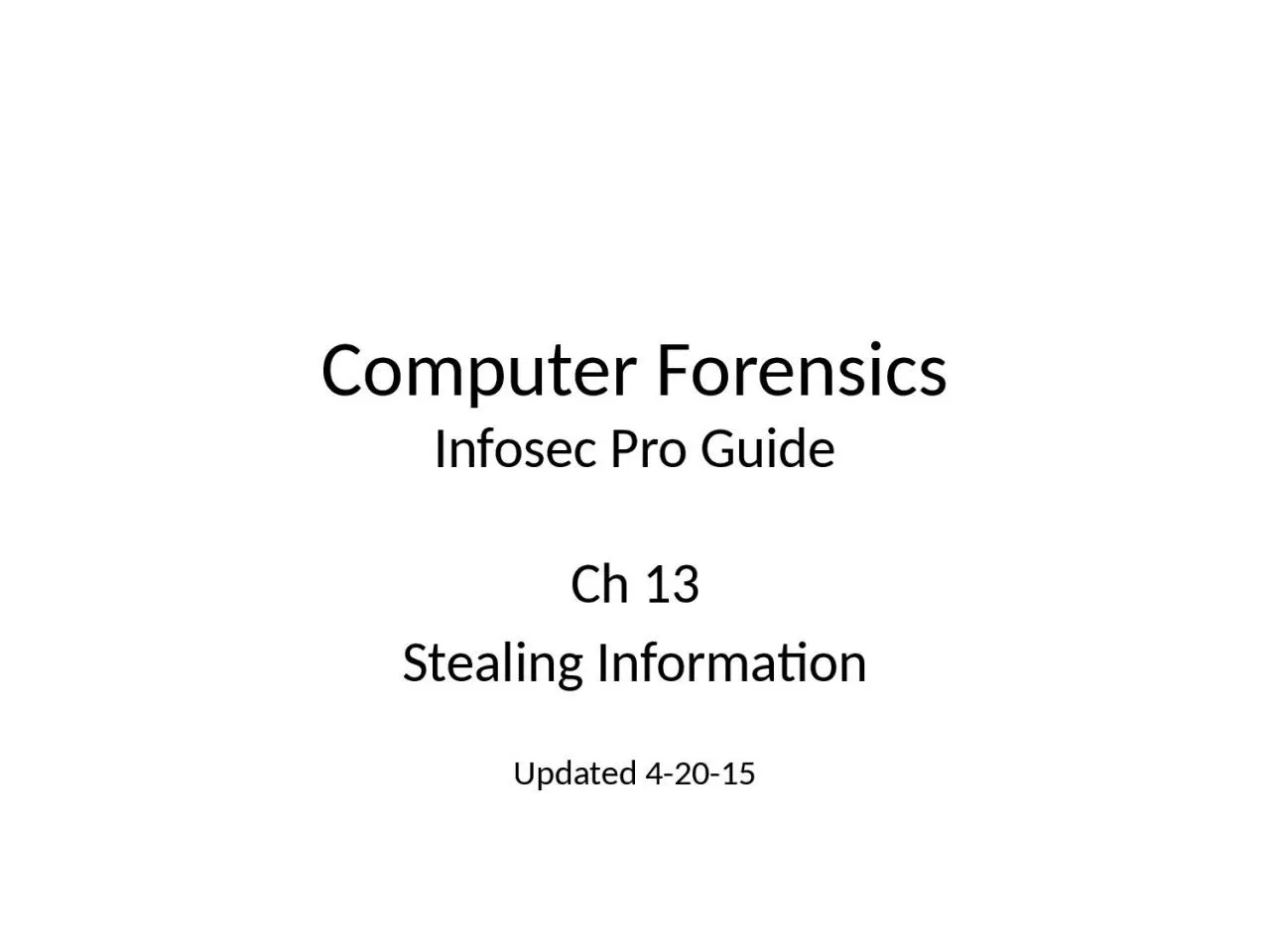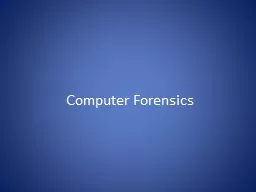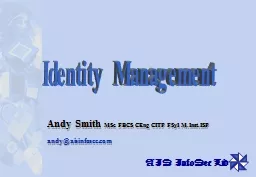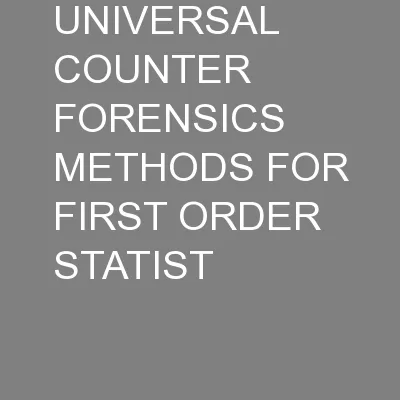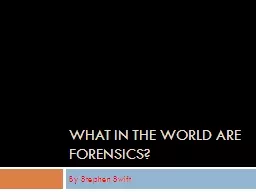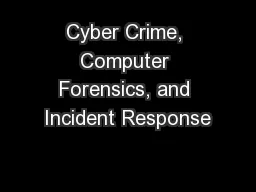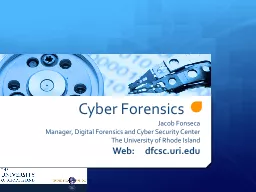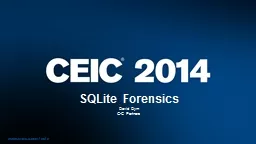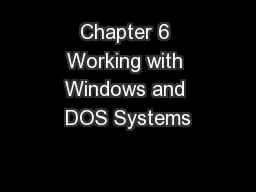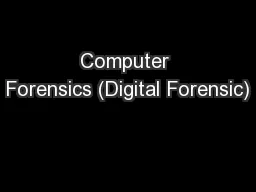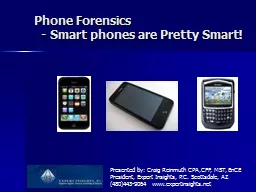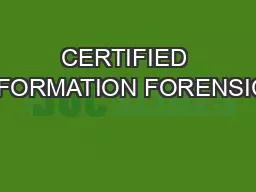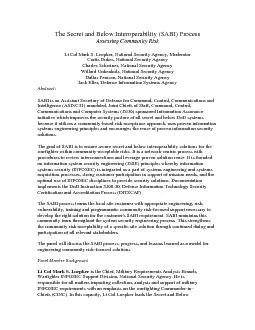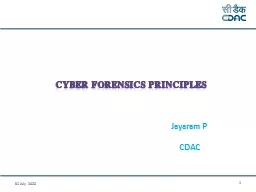PPT-Computer Forensics Infosec Pro Guide
Author : susan | Published Date : 2024-01-03
Ch 13 Stealing Information Updated 42015 Topics How to look for patterns and identify artifacts How to determine where the data went How to detect which data has
Presentation Embed Code
Download Presentation
Download Presentation The PPT/PDF document "Computer Forensics Infosec Pro Guide" is the property of its rightful owner. Permission is granted to download and print the materials on this website for personal, non-commercial use only, and to display it on your personal computer provided you do not modify the materials and that you retain all copyright notices contained in the materials. By downloading content from our website, you accept the terms of this agreement.
Computer Forensics Infosec Pro Guide: Transcript
Download Rules Of Document
"Computer Forensics Infosec Pro Guide"The content belongs to its owner. You may download and print it for personal use, without modification, and keep all copyright notices. By downloading, you agree to these terms.
Related Documents

